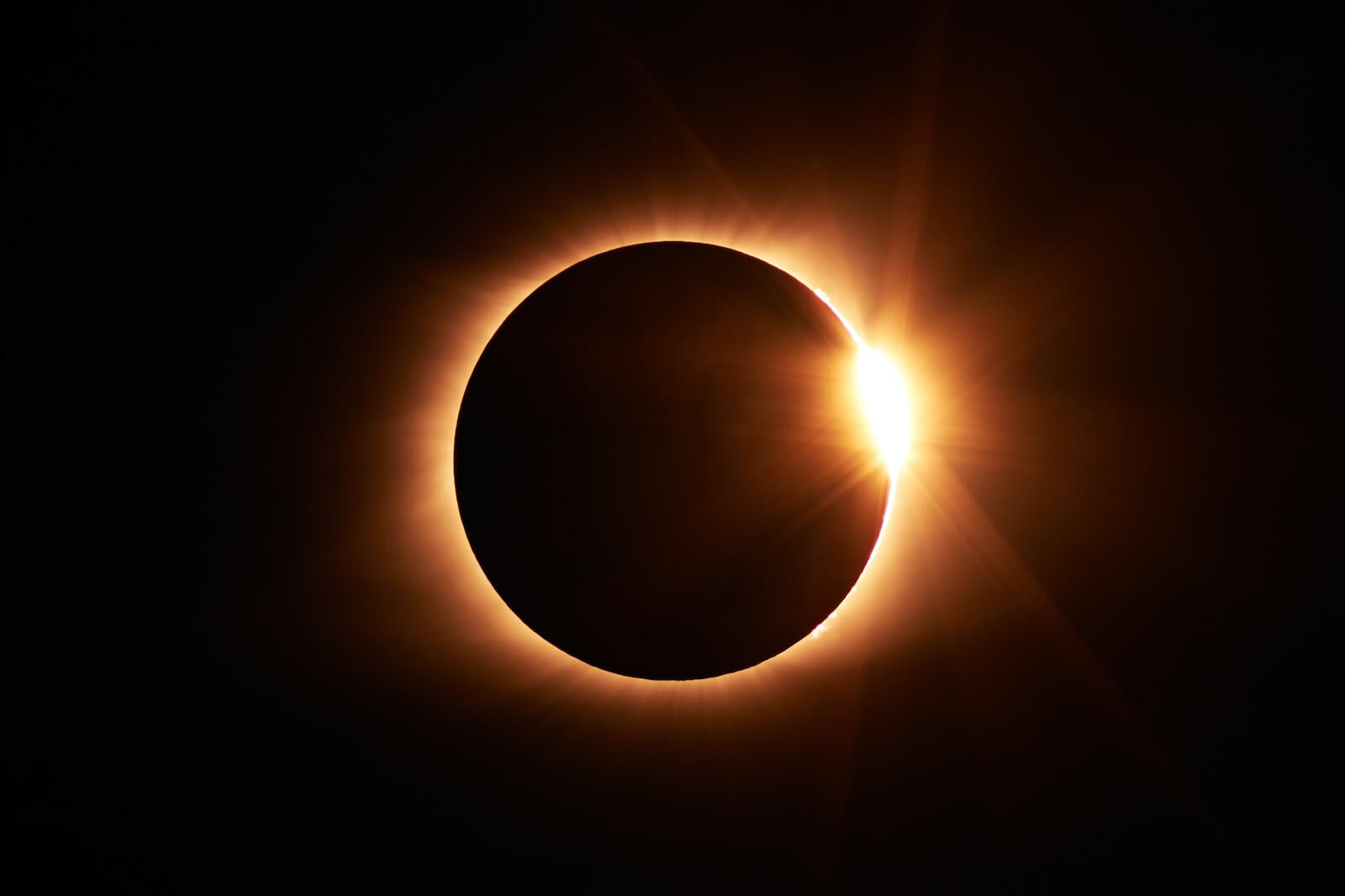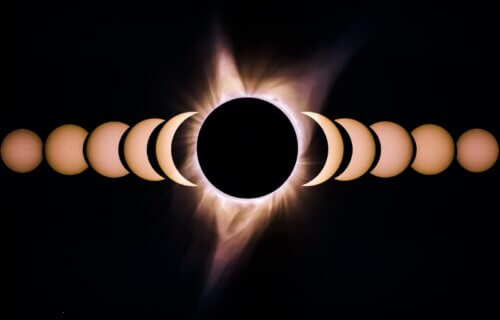Every year, our planet offers us a front-row seat to an array of cosmic wonders. Whether you’re a seasoned stargazer or just a casual observer of the night sky, these celestial events bring a touch of wonder to our lives. And while we may be nearing the end of 2023, there are still plenty of opportunities to see some of the most spectacular astronomical events the night sky has to offer.
For me, the most anticipated of these events are the recurring meteor showers. They never cease to amaze me. These are the result of comet trails igniting in our planet’s atmosphere providing a tangible connection to the distant cosmos. These celestial wanderers leave their luminous mark on our Earthly canvas, reminding us of the vastness of the universe and the intricate dance of cosmic bodies that occurs beyond our atmosphere.
But 2023 promises more than just meteor showers; it has two eclipses in store. One of the most intriguing is an annular solar eclipse, a unique event where the Moon, while positioned between Earth and the Sun, appears smaller than the Sun, forming a captivating “ring of fire” effect.

Prepare to be captivated by these four celestial events this month, offering breathtaking glimpses into the cosmos before the year’s end. The best part? No telescope required! These events are accessible and captivating for everyone.
1. Draconid Meteor Shower (October 6–10)
Witness this minor meteor shower producing about 10 meteors per hour, a rarity in that it’s best viewed in the early evening. It occurs from October 6 to 10, peaking on October 7 under a second quarter moon, creating ideal conditions to watch meteors radiate from the constellation Draco.

Pro Tip: Use a sky map app on your smartphone to help identify constellations and pinpoint the radiant point for the best meteor views.
2. Annular Solar Eclipse (October 14)
On October 14, experience an annular solar eclipse where the Moon forms a luminous ring around the Sun. It begins in the Pacific Ocean and travels across the southwestern United States, Central America, Colombia, and Brazil. A partial eclipse will be visible throughout much of North and South America.
Pro Tip: Use eclipse glasses or a solar viewer to protect your eyes when observing the eclipse. Never look directly at the Sun without proper eye protection.
3. Orionid Meteor Shower (October 21–22)
Enjoy the Orionid Meteor Shower, an average event producing up to 20 meteors per hour. It’s caused by dust grains from Halley’s Comet and peaks on October 21 and 22. The first quarter moon may obscure some evening viewing but sets shortly after midnight, promising a great morning show. Look for meteors radiating from the Orion constellation.

Dark Sky Location: Choose a dark sky location far from city lights to maximize meteor visibility and reduce light pollution.
4. Partial Lunar Eclipse (October 28)
On October 28, a partial lunar eclipse will grace the skies, visible across Europe, Asia, Africa, and western Australia, transforming the Moon into a celestial masterpiece.
Pro Tip: Use binoculars or a small telescope to get a closer look at the lunar eclipse. You’ll be able to see more details on the Moon’s surface during the eclipse.
What about the rest of the year?
There more to come in November and December too! Click here for a look at three more astronomical events to close out 2023!
